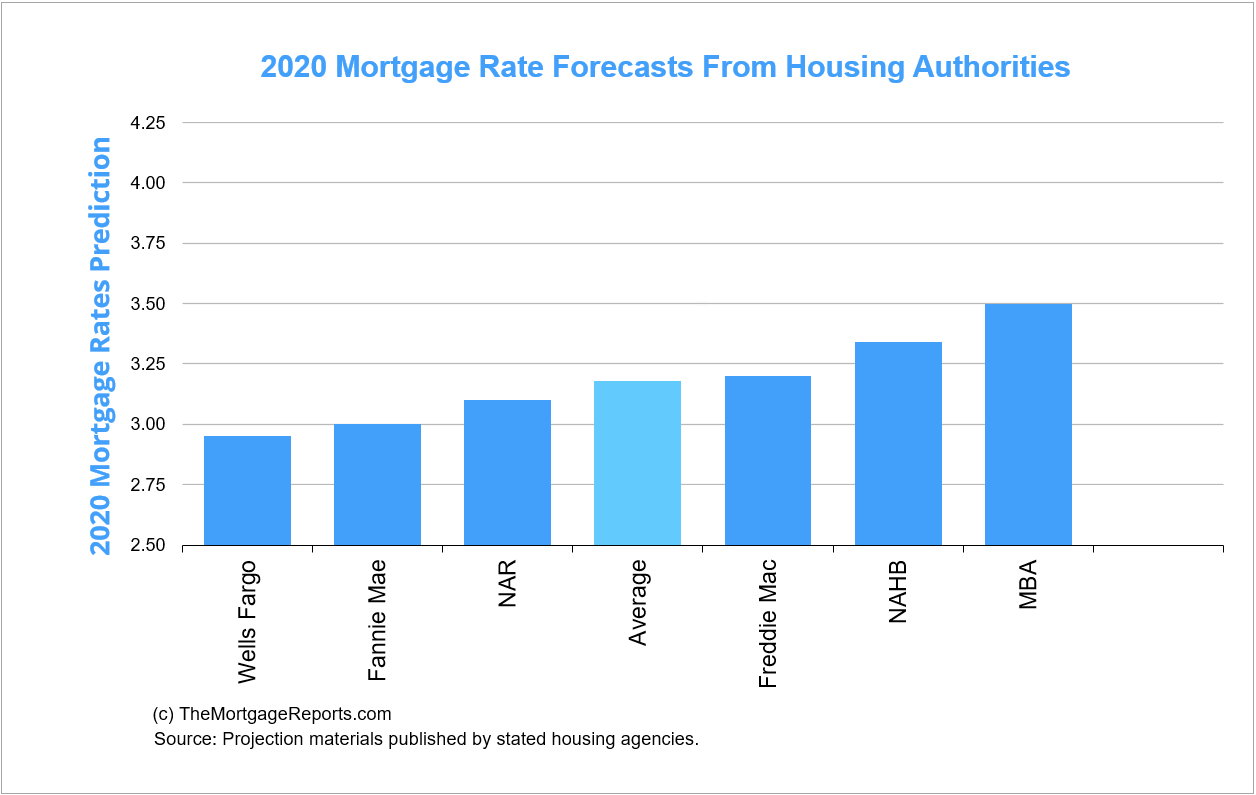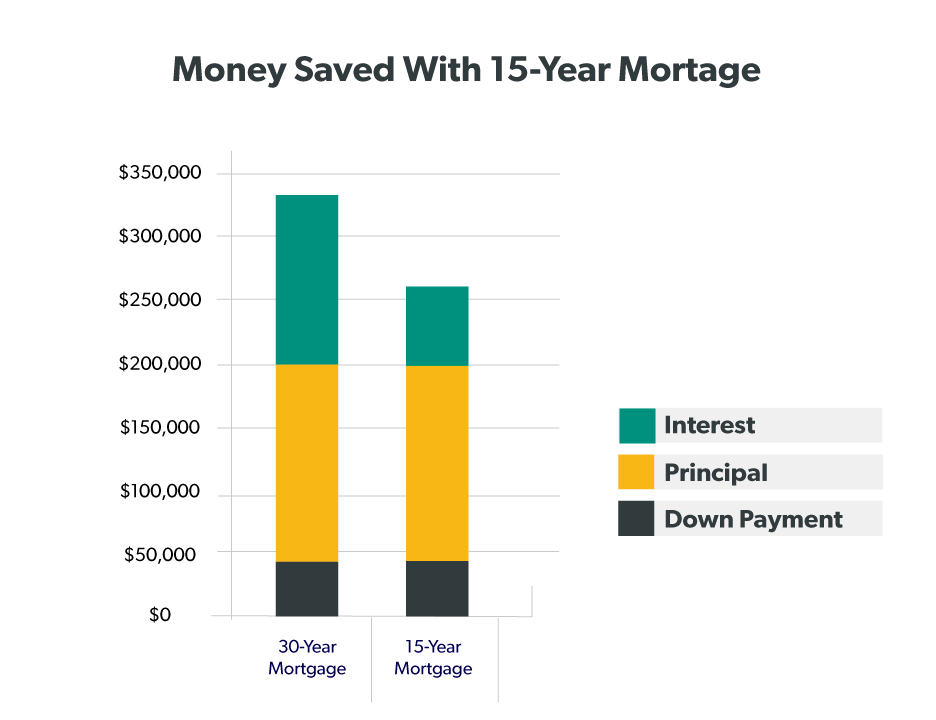Table of ContentsWhat Is A Fixed Rate Mortgages Can Be Fun For EveryoneAn Unbiased View of What Does It Mean When Economists Say That Home Buyers Are "Underwater" On Their Mortgages?Fascination About Why Are Mortgages SoldHow Mortgages Interest Is Calculated Things To Know Before You Buy3 Simple Techniques For How Do Interest Rates Affect Mortgages
A mortgage is likely to be the biggest, longest-term loan you'll ever take out, to purchase the greatest possession you'll ever own your home. The more you comprehend about how a home mortgage works, the better decision will be to select the home mortgage that's right for you. In this guide, we will cover: A mortgage is a loan from a bank or loan provider to assist you finance the purchase of a home.
The house is used as "collateral." That means if you break the pledge to pay back at the terms established on your mortgage note, the bank has the right to foreclose on your residential or commercial property. Your loan does not become a home mortgage up until it is attached as a lien to your home, indicating your ownership of the home becomes subject to you paying your brand-new loan on time at the terms you accepted.
The promissory note, or "note" as it is more typically labeled, details how you will repay the loan, with information consisting of the: Rate of interest Loan amount Regard to the loan (thirty years or 15 years prevail examples) When the loan is thought about late What the principal and interest payment is.
The mortgage essentially gives the loan provider the right to take ownership of the property and sell it if you do not make payments at the terms you consented to on the note. The majority of home loans are agreements in between two parties you and the lender. In some states, a 3rd person, called a trustee, may be added to your home mortgage through a document called a deed of trust.
What Does What Are The Different Types Of Mortgages Mean?
PITI is an acronym loan providers use to describe the various components that make up your monthly home mortgage payment. It stands for Principal, Interest, Taxes and Insurance coverage. In the early years of your home loan, interest comprises a majority of your overall payment, but as time goes on, you start paying more primary than interest until the loan is settled.
This schedule will reveal you how your loan balance drops over time, in addition to how much principal you're paying versus interest. Homebuyers have numerous choices when it comes to picking a mortgage, however these choices tend to fall under the following three headings. Among your very first decisions is whether you desire a repaired- or adjustable-rate loan.

In a fixed-rate home mortgage, the rate of interest is set when you get the loan and will not change over the life of the mortgage. Fixed-rate mortgages provide stability in your home loan payments. In an adjustable-rate home mortgage, the rates of interest you pay is tied to an index and a margin.
The index is a step of worldwide rates of interest. The most frequently used are the one-year-constant-maturity Treasury securities, the Expense of Funds Index (COFI), and the London Interbank Offer Rate (LIBOR). These indexes make up the variable component of your ARM, and can increase or reduce depending upon factors such as how the economy is doing, and whether the Federal Reserve is increasing or reducing rates.
Getting The How Do Reverse Mortgages Work? To Work
After your preliminary set rate duration ends, the loan provider will take the present index and the margin to compute your new rates of interest. The amount will change based on the modification duration you chose with your adjustable rate. with a 5/1 ARM, for instance, the 5 represents the variety of years your initial rate is repaired and won't change, while the 1 represents how typically your rate can adjust after the fixed duration is over so every year after the fifth year, your rate can change based upon what the index rate is plus the margin.
That can mean significantly lower payments in the early years of your loan. Nevertheless, bear in mind that your scenario could alter before the rate change. If rates of interest increase, the value of your residential or commercial property falls or your monetary condition modifications, you may not be able to sell the house, and you may have problem paying based on a higher rates of interest.
While the 30-year loan is typically picked due to the fact that it offers the least expensive regular monthly payment, there are terms ranging from 10 years to even 40 years. Rates on 30-year home mortgages are greater than shorter term loans like 15-year loans. Over the life of a much shorter term loan like a 15-year or 10-year loan, you'll pay substantially less interest.
You'll also require to decide whether you want a government-backed or standard loan. These loans are guaranteed by the federal government. FHA loans are facilitated by the Department of Real Estate and Urban Advancement (HUD). They're designed to help newbie homebuyers and people with low earnings or little savings afford a house.
More About What Is Wrong With Reverse Mortgages
The disadvantage of FHA loans is that they need an in advance home mortgage insurance coverage fee and month-to-month home mortgage insurance coverage payments for all purchasers, regardless of your down payment. And, unlike traditional loans, the mortgage insurance coverage can not be canceled, unless you made a minimum of a 10% deposit when you took out the original FHA home mortgage.
HUD has a searchable database where you can discover lending institutions in your area that use FHA loans. The U.S. Department of Veterans Affairs uses a mortgage program for military service members and their families. The advantage of VA loans is that they may not require a down payment or home loan insurance.
The United States Department of Farming (USDA) supplies a loan program for homebuyers in backwoods who http://finnogxe073.almoheet-travel.com/h1-style-clear-both-id-content-section-0-getting-my-what-is-the-interest-rate-for-mortgages-today-to-work-h1 meet certain income requirements. Their property eligibility map can provide you a general concept of qualified areas. USDA loans do not need a down payment or continuous home mortgage insurance coverage, but debtors need to pay an in advance cost, which currently stands at 1% of the purchase cost; that cost can be financed with the house loan.
A standard mortgage is a house loan that isn't guaranteed or insured by the federal government and complies with the loan limitations stated by Fannie Mae and Freddie Mac. For customers with greater credit rating and stable income, conventional loans often result in the most affordable monthly payments. Typically, traditional loans have needed larger down payments than a lot of federally backed loans, but the Fannie Mae HomeReady and Freddie Mac HomePossible loan programs now offer debtors a 3% down choice which is lower than the 3.5% minimum required by FHA loans.
The Greatest Guide To What Are Current Interest Rates For Mortgages
Fannie Mae and Freddie Mac are federal government sponsored enterprises (GSEs) that purchase and offer mortgage-backed securities. Conforming loans meet GSE underwriting guidelines and fall within their optimum loan limits. For a single-family house, the loan limit is currently $484,350 for a lot of houses in the adjoining states, the District of Columbia and Puerto Rico, and $726,525 for homes in greater expense areas, like Alaska, Hawaii and numerous U - what is the current interest rate for commercial mortgages?.S.

You can look up your county's limitations here. Jumbo loans might also be described as nonconforming loans. Put simply, jumbo loans go beyond the loan limits developed by Fannie Mae and Freddie Mac. Due to their size, jumbo loans represent a higher danger for the loan provider, so borrowers must typically have strong credit rating and make bigger down payments.